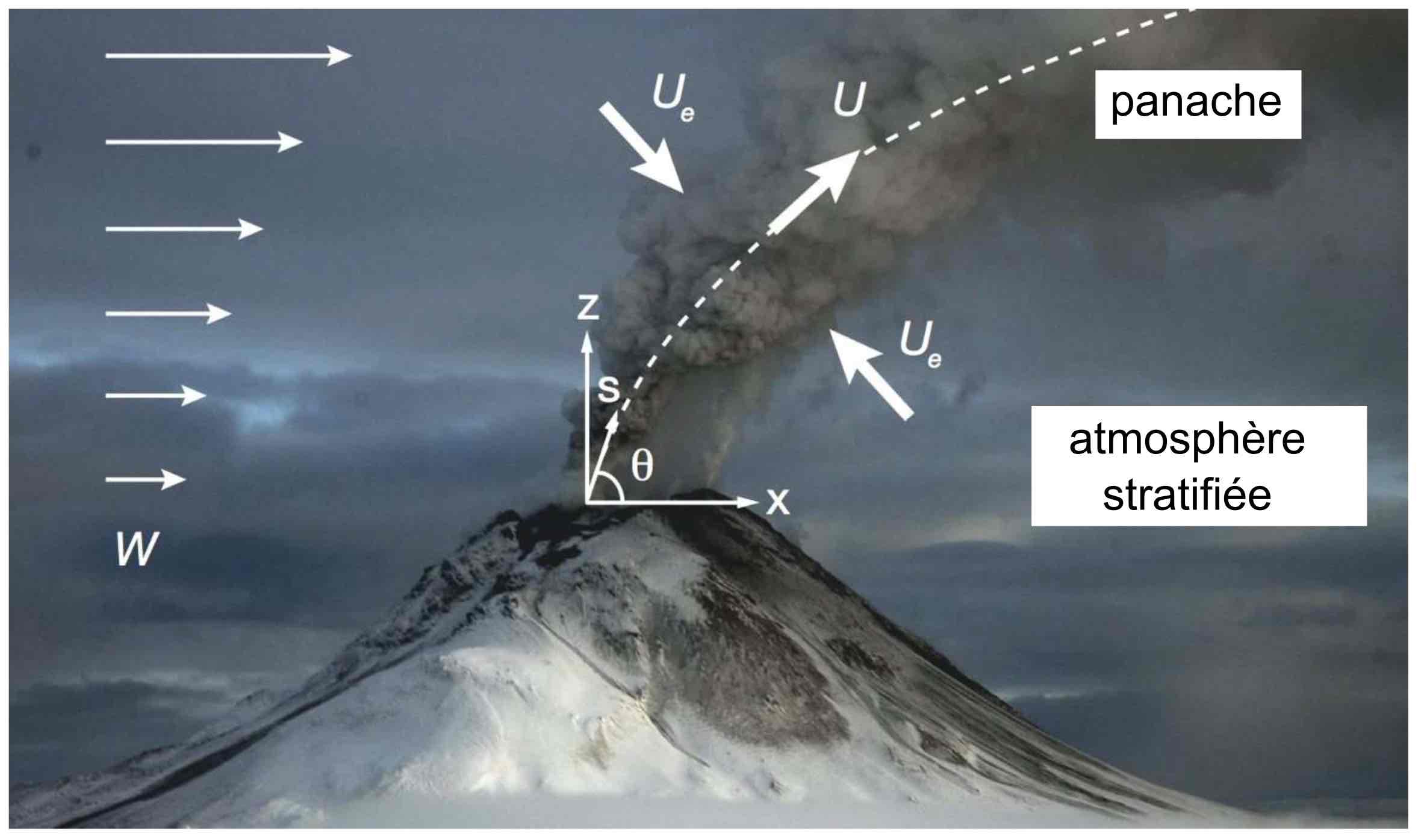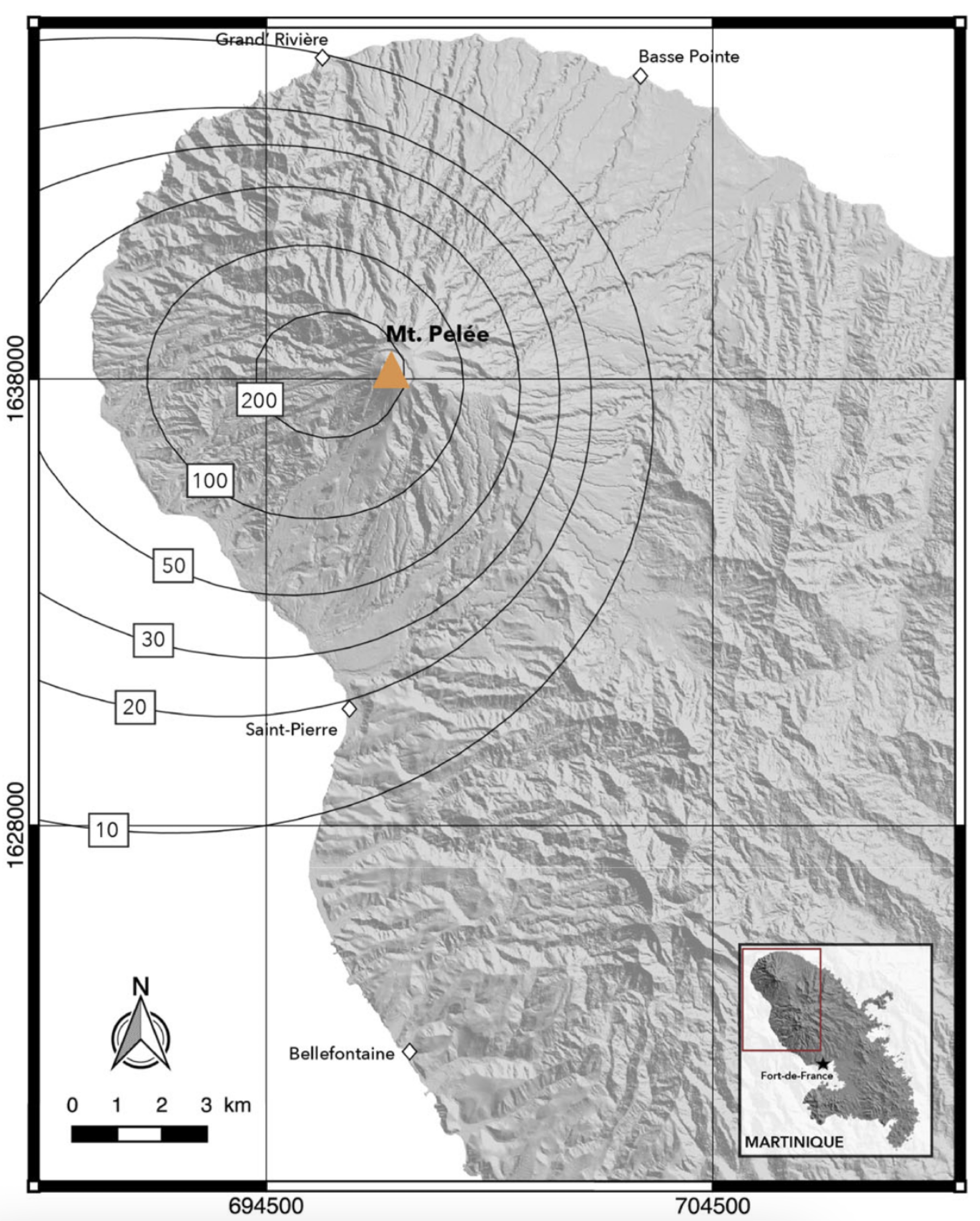Guillaume Carazzo > Research > Dynamics of explosive eruptions (FR | EN)

Main Content

Stability of volcanic plumes
Physical models of explosive eruptions stand as a powerful tool to better understand the dynamics of these flows, predict their behavior, and evaluate their impacts in the environment.
The 1D model developed by our group (PPM) provides rapid and robust predictions of the stability conditions of a volcanic plume, as well as the maximum height of ash injection into the atmosphere.
Few results:
Role of turbulent entrainment on plume stability (Carazzo et al., 2008a) and maximum plume height (Carazzo et al., 2008b)
Effect of particles on plume stability (Michaud-Dubuy et al., 2018) and maximum plume height (Girault et al., 2014)
Effect of wind on plume stability (Michaud-Dubuy et al., 2020) and maximum plume height (Girault et al., 2016)
International benchmark exercice on eruptive column models (Costa et al., 2016)

tephra dispersal
Volcanic ash particles injected into the atmosphere by explosive eruptions are dispersed in the main direction of winds and fall on the ground at large distance from the volcano.
Our group develops and uses ash dispersion models to understand how meteorological data and eruption source conditions affect the transport and dispersion of volcanic particles.
Our results applied to the Mount Pelée volcano (Martinique) were included in the ORSEC emergency plan in response to a volcanic eruption.
Few results:
Effect of wind variability on the tephra dispersal (Michaud-Dubuy et al., 2019)
Volcanic hazard associated with ash fallout in Martinique (Michaud-Dubuy et al., 2021)
Ash fallout from a phreatic eruption in the Lesser Antilles (Michaud-Dubuy et al., 2025)
©2025 - G. Carazzo